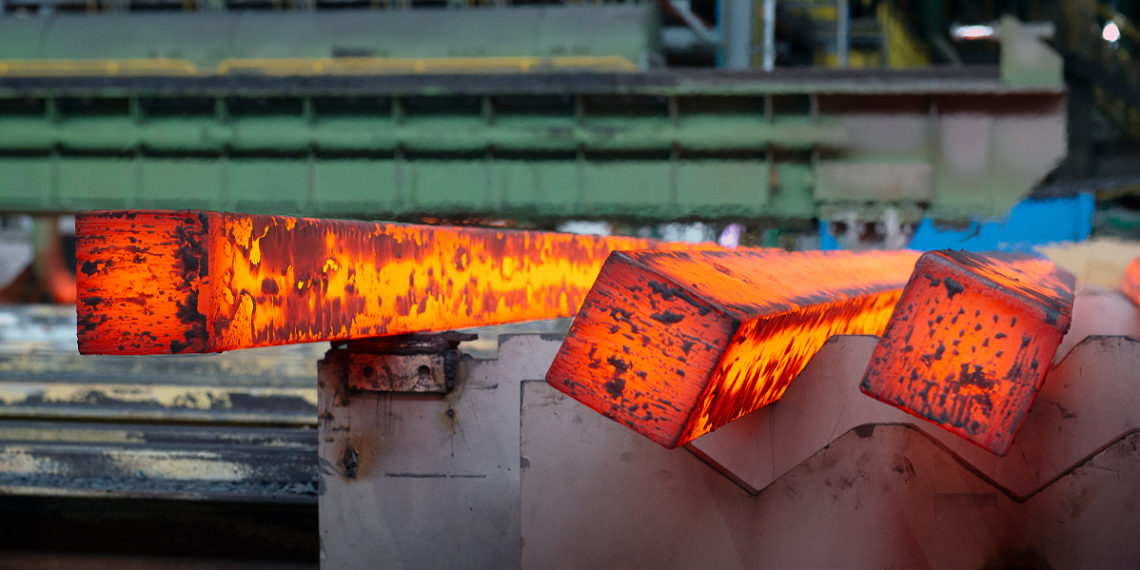As the world starts taking the necessary steps to drag itself into a less carbon-intensive future, mining finds itself at the epicentre of the net-zero narrative. With pressure mounting to find quick solutions, it’s becoming more apparent that the road ahead will require vast amounts of infrastructure re-development and investment.
At the forefront of the net-zero narrative, is steel. From wind-turbines and solar photovoltaic systems to electric vehicles, steel finds itself comfortably engrained in the future manufacture of renewables.
The issue is, is that for every tonne of steel produced, approximately 1.8t of carbon dioxide (CO2) is emitted into the atmosphere. As a result, steelmaking already accounts for 7-9% of the world’s anthropogenic greenhouse-gas emissions, as reported by The Economist.
These stark steelmaking statistics don’t bode well for our ESG-centric future, leading producers to devise alternate methods of production. Yet, attempting to re-direct a traditionally coal based, low-cost industry onto significantly more expensive – technology based green alternatives, won’t be simple, and will require major players in the steelmaking industry, along with international governments, to work together to create solutions.
“In the last year or so, the steel industry has collectively ‘got it,’” said Doug Parr, Greenpeace U.K.’s chief scientist for Bloomberg. “Particularly since Biden got elected, there’s a recognition that climate policies are going to reach into all sectors. If one or two companies start to move to cut emissions, then others in the sector look very exposed.”
Now that green alternatives are being seriously explored, it has highlighted the complexity of the journey we face into creating them. The magnitude of coke, for instance, required for steel production, is damaging to the environment. Coke ovens used in the production process also emit air pollution such as naphthalene.
Current proposals to eradicate this level of pollution and to decarbonize the steel sector rely primarily on instituting electric arc furnaces operated by hydrogen and renewable electricity. The problem is that producing green hydrogen is costly and involves enormous amounts of renewable power. Furthermore, according to a report by Reuters, if all current dedicated hydrogen production of around 70Mt were produced through water electrolysis alone, it would require some 3,600TWh, more than the annual electricity generation of the 27-country European Union, the IEA says. Furthermore, currently planned capacity could produce just 1.8% of the gas the steel industry would need to achieve net zero in 2050, according to a report by BNEF.
What’s more, is the introduction of arc furnaces would also mean phasing out traditional pre-existing plants and building electric arc furnaces will most likely cost extreme amounts to build, making these solutions complicated.
Realizing this, Doctors Yulong Ding and Harriet Kildahl of the University of Birmingham, United Kingdom, have proposed a system that can be retrofitted to existing plants, stating that the reduction in the risk of stranded assets and CO2, and the cost savings, are seen immediately.
The University of Birmingham report states that the novel recycling system works by capturing the CO2 from the top gas of the furnace, usually containing carbon monoxide, and reduces it to CO using a crystalline mineral lattice known as a ‘perovskite’ material. The material was chosen as the reactions take place within a range of temperatures (700-800o) that can be powered by renewable energy sources and/or generated using heat exchangers connected to the blast furnaces.
This system offers somewhat of a steppingstone into renewable steelmaking – by providing a middle stage in between fossil fuel-based production methods, to completely carbon neutral ones.
The steel producing dilemma is only one example of the various decarbonization obstacles facing our future. The vast amounts of pre-existing infrastructure that might not be suitable and money required to make massive alterations means that solutions to net-zero will inevitably require some adaption as time goes on, but the steel sector is certainly leading the way.












